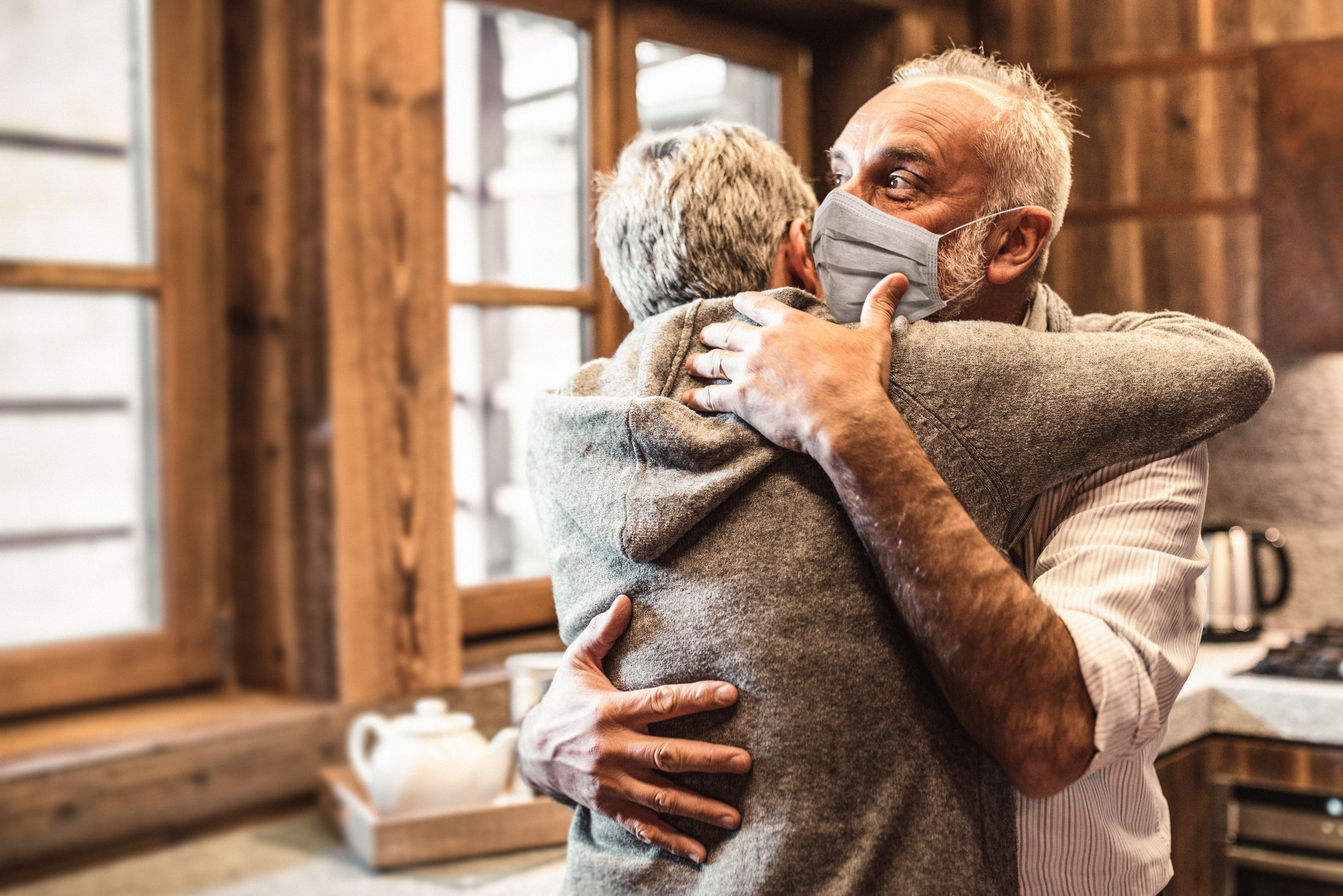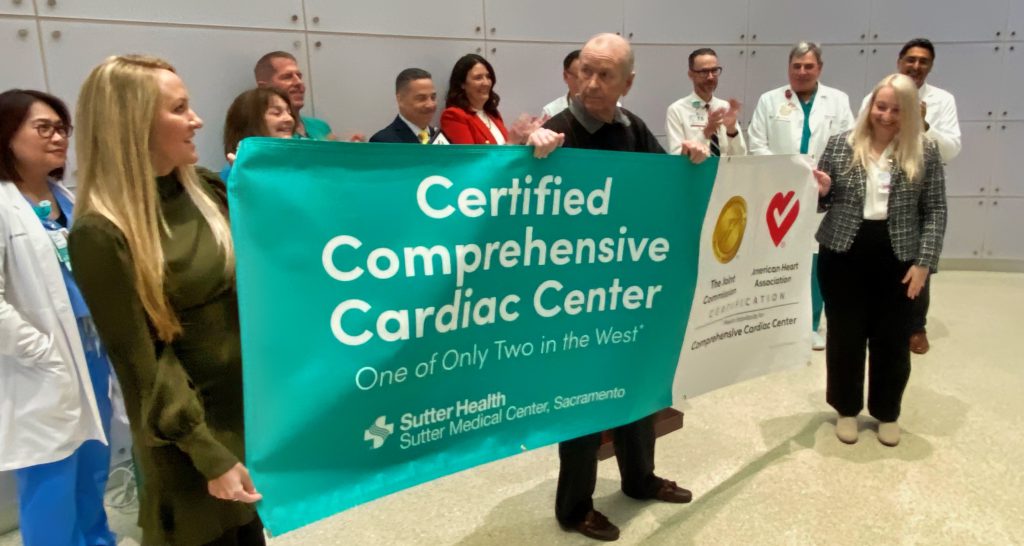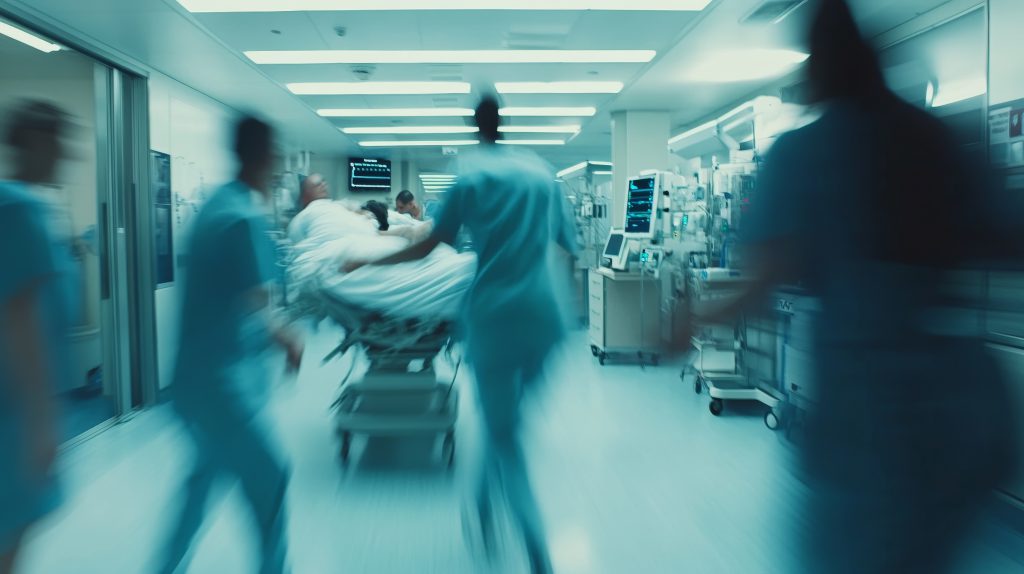By Karin Fleming and Liz Madison, Vitals contributors
Cancer treatment has come a long way since the days of Mad Men where characters appeared to smoke as much as they spoke. Yet cancer is still one of the most foreboding diagnoses one can hear—especially when it comes to lung cancer. According to the American Cancer Society, lung cancer is the leading cause of cancer death among men and women—making up nearly 25% of all cancer deaths.
However, catching cancer early can allow for a higher likelihood of successful treatment. Just as proactive screenings have revolutionized early detection of breast cancer, the medical community is applying the same approach to lung cancer more and more.
“Screenings can be an effective first line of defense when it comes to those at risk for lung cancer,” said Dr. David Adkins, a medical oncologist who cares for patients in California’s Central Valley at Sutter Gould Medical Foundation and Memorial Medical Center in Modesto, Calif. “Low-dose CT scans are a way to detect early lung cancer before it spreads and becomes harder to treat.”
The U.S. Preventive Services Task Force, the American Academy of Family Physicians and the American College of Chest Physicians recommend yearly low-dose, computed tomography—or CT—lung cancer screenings for those who meet the criteria. Criterion includes those 50-80 years old who smoke or who have quit smoking in the last 15 years. In November as part of Lung Cancer Awareness Month, Sutter is offering lung cancer screenings for those who qualify at sites across its network in the greater Sacramento and Central Valleys, as well as the Bay Area.
More long-term efforts at Sutter include a pilot in the greater Sacramento Valley to help identify patients at risk for lung cancer sooner, says Catherine Terrell, a clinical director for cancer services in the area. Through a dedicated clinical care team called an enterprise lung nodule board, the group aims to help doctors identify patients with suspicious lung nodules sooner, expand offerings of low-dose CT screenings for those eligible and offer smoking cessation support and resources to individuals identified as tobacco users.
“Early-stage lung cancers are curable in 60% of people with the disease, but the earliest stages are curable 90% of the time,” said Dr. Stephen Maxwell, an oncologist and thoracic surgeon at Sutter Roseville Medical Center. “With some of these approaches now in place, we can help catch lung cancers as early as possible, offering greater hope and healing for patients and families.”
Note: This content is not intended to be a substitute for professional medical advice, diagnosis or treatment. Always seek the advice of your physician or other qualified health provider with any questions you may have regarding a medical condition. Never disregard professional medical advice or delay in seeking it because of something you have read on this website.





